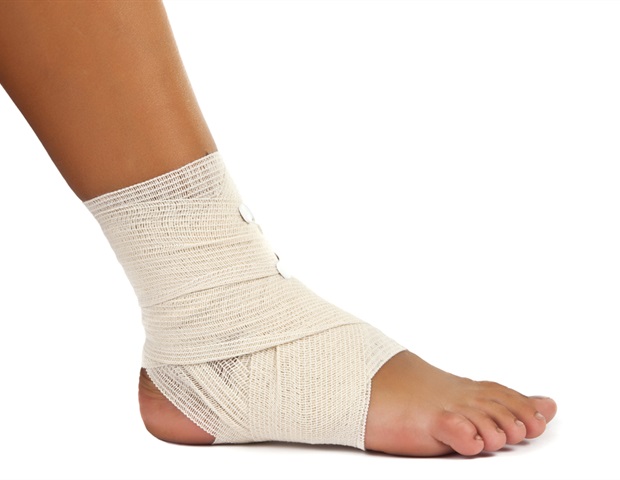Scientists from 4D-BIOMAP, an ERC research project at the Universidad Carlos III de Madrid (UC3M), have developed a new experimental method, based on magneto-active polymers, to study cellular behavior.
These compounds, which consist of a polymeric matrix (e.g., an elastomer) containing magnetic particles (e.g., iron), mechanically react by changing their shape and stiffness. This system could be used to study complex scenarios (such as brain trauma, wound healing, etc.) or to influence cellular responses, guiding their functions.
We have managed to reproduce the local deformations that occur in the brain when it is subjected to an impact. This would make it possible to replicate these cases in the laboratory, analyzing what happens to the cells and how they are damaged in real time. Furthermore, we have validated the system by demonstrating its capacity to transmit forces to the cells and act on them."
Daniel García González, Researcher in charge of 4D-BIOMAP, Continuum Mechanics and Structural Analysis Department, Universidad Carlos III de Madrid – Officina de Informacion Cientifica
The idea of this project is to be able to carry out studies replicating complex biological processes through a new virtually assisted experimental system, which allows non-invasive and real-time control of the mechanical environment. Biological cells and tissues are continuously subjected to mechanical stress from their surrounding substrate, so analyzing and controlling the forces that influence their behavior would be a milestone for the "mechanobiology" community.
The system proposed by 4D-BIOMAP is based on the use of extremely soft magneto-active polymers that mimic the stiffness of biological materials. Thanks to their qualities, magneto-active materials allow researchers to carry out unrestricted monitoring of biological substrates, as the applied mechanical changes during experimentation can be reversible.
"Supported by the computational model, we have used all this basic science to design a smart actuation system which, coupled to a microscope developed within the ERC, allows us to visualize the cellular response in situ. In this way, we have consolidated a comprehensive framework to stimulate cellular systems with magneto-active smart materials", says Daniel García González. This proposed framework paves the way to understanding the complex "mechanobiological" processes that occur during dynamic deformation states, such as traumatic brain injury, pathological skin scarring or fibrotic remodeling of the heart during a myocardial infarction, for example.
Universidad Carlos III de Madrid – Oficina de Información Científica
Posted in: Cell Biology
Tags: Bioengineering, Brain, Heart, Laboratory, Mechanobiology, Microscope, Myocardial Infarction, Polymers, Research, Research Project, Skin, Stress, Trauma, Traumatic Brain Injury, Wound, Wound Healing
Source: Read Full Article
